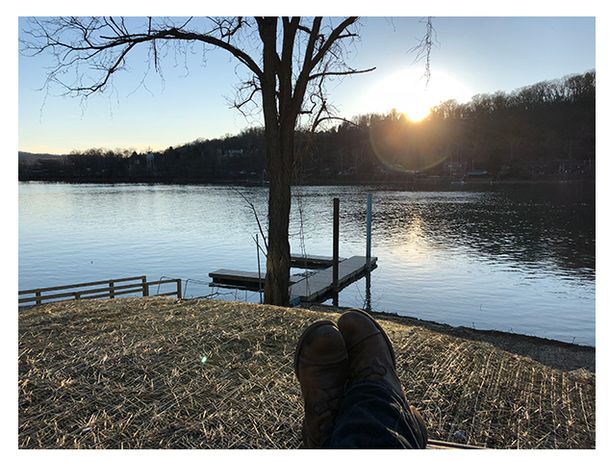Community resources
Community resources
Community resources
Marisette Edwards: Agile evangelist, home builder, and author
Describe the career path that led you to become a Project Software Engineer / SCRUM master extraordinaire at Philips Respironics!
I started out pre-med with a computer science major as a backup. After a summer internship and a stint as an Emergency Medical Technician, I decided I liked computer science more than medicine (all those gross human body fluids and excretions). I spent decades working in various areas of process control systems––steel mills and railroads mostly. Then I discovered medical devices met my desire to make a difference in people's lives while still allowing me to continue to do technical engineering work (while still avoiding the excretions).
I was introduced to a version of Agile development on a project to develop a wearable dialysis device. I really liked the way that worked for the team, but the tools we used were Excel and Word, and they just weren't cutting it! So, when that job ended due to the company's elimination of R&D at our facility, I joined Philips Respironics. As software lead on an upgrade project, I was encouraged by my manager to introduce Agile to our embedded software team, and he was more than willing to set us up with an appropriate tool––Jira!
I immediately recognized that Jira was the missing link to support tracking and communicating regarding our sprints. We were still having trouble communicating the larger picture to upper management. There are a lot of interdependencies in medical device development––hardware, mechanical, and software engineering as well as quality assurance and regulatory––and a lot of required documentation. We struggled a bit to link our external dependencies to our sprint work. When we started using Portfolio, things got a lot better. Ironically, the product we were upgrading was designed to help people cough up their gross excretions! Other teams noticed the success of our project and therefore started adopting the method and the tools. We now have a large number of projects for which we use Jira and/or Portfolio, and are even using it to support our continuous improvement projects.
What's your favorite part about working in Life Sciences?
I get a great deal of satisfaction out of designing and developing devices that make people's lives better in some way. Even if it involves those excretions I've spent my life avoiding.
What did it mean to be an early adopter of Atlassian's Agile tools? Did you have a hard time getting the rest of the team onboard?
Initially, I was met with a lot of eye rolling and facial twitches.
From other engineers: "Another tool? Are you going to force that on us along with all the other tools that take time away from our productivity?"
From project managers: "How do we know when you're going to be done?"
We focused more on getting the team sprinting and less on the tool, but once we had enough data in Jira to show our version report, we were able to show the project manager that we had a realistic projected end date instead of some target that was imposed on us. The team enjoyed seeing the progress they made and being able to show it to others on the graph. When our product manager introduced some new requirements, we were able to communicate very effectively how that would affect our expected completion date.
Other teams that tried to adopt the tool without really using Agile principles had a more difficult time. Management also picked up on our team's success as well as the high morale amongst folks working on the project. That meant that they started supporting other teams with training and dedicated SCRUM masters. (Initially the scrum master and software lead were the same people). So, with more success came gradual acceptance and adoption.
What teams at Philips Respironics use Atlassian tools, and which tools? Do any non-technical teams make use of the products?
We mostly use Jira and Portfolio. We are trying out Confluence but it hasn't caught on yet. We have not been able to get beyond e-mail and Sharepoint for team communication––that's our next challenge! I personally have been using Trello since I was introduced to it at Summit last September. Non-technical teams are not making much use of the products as far as I know. Some of the non-software teams are dipping their toes in, especially the hardware engineers. I think adoption will increase as the tools can be shown to genuinely improve productivity and communication instead of forcing us to accommodate our workflow to them.
What do you do outside of work for fun?
I row! And currently, I'm in the end stages of having a house built, which has been a lot of fun but also extremely stressful. I look forward to drinking a glass of wine on the deck while watching the sunset over the river soon - that will also be fun, and a lot less work! I also wrote a book, "Tiger in the Dark," which was maybe also more work than fun, but now I get to do things like author talks and book signing events which are fun.
Thanks, Marisette! Community––if you have questions for Marisette, please leave them in the comments section below!
Was this helpful?
Thanks!
Bridget

About this author
Content Manager
Atlassian
Truckee, CA
4 accepted answers
Community showcase
Atlassian Community Events
- FAQ
- Community Guidelines
- About
- Privacy policy
- Notice at Collection
- Terms of use
- © 2025 Atlassian









2 comments